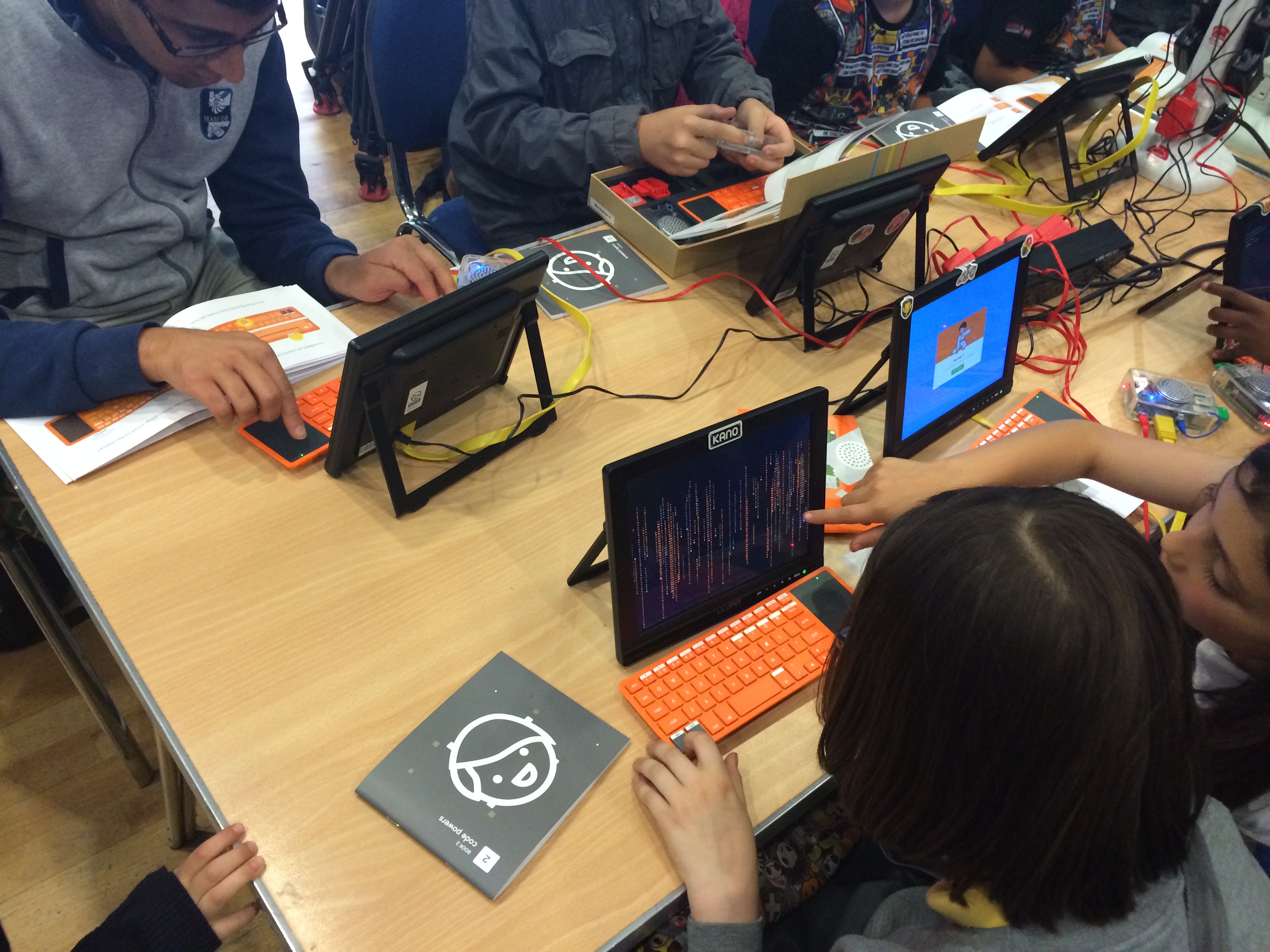With my two previous blog entries I started a series of posts with which I have linked my work in our EU-funded TACCLE4-CPD project (with focus on vocational education and training (VET)) to the work of other partners in other educational sectors (general education, adult education). As a starting point I presented the Four-Step Model of the TACCLE4-CPD project that was developed in the recent project meeting in Bucharest. I found this model very helpful for finding and developing strategies to promote digital competences. In my second post I discussed, how the model can be adapted to the field of VET. In this post I referred to different strategic options for promoting digital competences in the context of vocational learning arrangements. In this post I will illustrate them in the light of my interviews. Below I will firstly recapitulate my starting point and then discuss four parallel innovation paths.
Strategic options for promoting digital competences in vocational learning arrangements
As I mentioned in my previous blog, there are different options for linking the introduction of digital tools (and enhancement of digital competences) to the development of vocational learning arrangements. Below these options will be discussed as parallel innovation paths:
1) In some cases the main thrust of innovation is the shaping of a new curricular framework for a new occupation or occupational field. In such contexts the introduction of digital tools and web resources is adjusted to the curriculum processes.
2) In other cases the main thrust of innovation is to introduce integrative toolsets that provide tools for managing training and learning processes and provide access to web resources. In such contexts the use of the tools supports the curriculum implementation.
3) In some cases innovation projects are launched to shape off-the-job learning arrangements to support work process -oriented learning arrangements at workplaces that do not provide opportunities for learning alongside working. In such contexts the main thrust of innovation is to shape a simulated or virtual learning arrangement that makes the real work process accessible for learning.
4) In some cases the starting point of the innovation is the enrichment of 'ordinary' vocational learning arrangements by introducing digital tools and web resources to support action-oriented learning. In such cases the innovations can be limited to particular occupational fields or they can be promoted across different domains.
Illustrations of different innovation paths
Below I will present specific projects or innovative approaches that can be considered as exemplary cases for particular innovation paths. All these cases have been described in my overviews on parallel projects or in my recent interview reports (see also my earlier blogs).
- The "Kompetenzwerkstatt" path: The Kompetenzwerkstatt project tradition grew from vocational curriculum development projects in which the project team mobilised vocational teachers and trainers to analyse their occupational field and to shape curriculum structures. Later on, the project tradition was enriched with digital tools for managing learning situations, checking prior competences and presenting learning achievements. In the current phase the Kompetenzwerkstatt approach is being implemented in an occupational field that is developing holistic curriculum structures for initial and continuing training (the occupations for sanitary, heating and air-conditioning technologies).
- The "Learning Toolbox" path: The Learning Toolbox (LTB) was developed as the main product of the EU-funded innovation project "Learning Layers" and its Construction pilot. After a complex iterative process the partners involved in the Construction pilot developed an integrative toolset to support vocational and work process -oriented learning. From the trainers' and apprentices' point of view it was essential that the toolset supported a holistic view on working and learning tasks and a culture of self-organised learning.
- The "Brofessio" path: The Brofessio project was launched to support work process -oriented learning processes in such industries in which it is not possible to provide learning opportunities alongside working. In particular this is the case with sealed processes with major time constraints. For such industries the Brofessio project developed the concept of agile learning - based on SCRUM project management techniques, inquiry-based learning strategies and interactive learning culture. Thus, the learning arrangements were organised as a series of learning sprints with key questions and with responsible coaches. In such an approach the use of digital tools and web resources is dependent on the policies of the partner enterprise.
- The Smart OER-users' paths: The fourth type doesn't refer to a major project but instead to parallel initiatives of responsible teachers and trainers. The key point is to integrate the use of domain-specific Open Educational Resources into vocational learning arrangements. Due to the pattern variance it is more appropriate to to refer to paths (in plural) rather than to a single path. Also, it is worthwhile to highlight the creativity of the users in finding the appropriate learning resources (rather than celebrating the existing OER communities and their products).
---
I think this is enough of this topic. I am aware that I have only presented a rather vague outline and I have to do some further work with this theme. Yet, I believe that the above presented set of innovation paths is important for the efforts to develop continuing professional development for vocational teachers and trainers. In particular it is important when we try to get a deeper understanding on the role of digital tools and web resources in vocational learning contexts.
More blogs to come ...







